
Issue #: 193
Published: January / February 2024
- Price per issue - digital : 6.50€Digital magazine
- Price per issue - print : 9.50€Print magazine
- Access to Multihulls World digital archives Digital archives
“You’ll get yourselves killed”, “Don’t go there, it’s far too dangerous”... Venezuela has never had a very good reputation, but in the end, if you listened to everyone, you’d be sitting at home on your sofa watching some TV series and maybe complaining about the weather when you haven’t even been outside. So off we went! And what a good thing it was that we chose to go! We only visited the islands, the largest being Isla Margarita. This was followed by a string of islands, including Tortuga and its little sisters, the Tortuguillos. These are the last lands before heading for the Aves or the more prosperous Roques.
You probably know me now from reading my articles: my preferences when it comes to anchorages are no secret. I won’t give you the best address for a restaurant or Yacht Club here... because there simply aren’t any in the Tortuguillos! On the other hand, there’s everything I love about traveling: lazing around, snorkeling and exploring the islands.
These islets, although flat and tiny, are real treasures - they really demand to be explored. Behind every rock lies a surprise, whether underwater or on the sand. Venezuela’s waters are well known for their lobsters. It’s not surprising to come across some well-stocked coral outcrops here - but when I say well-stocked, I don’t mean five or six lobsters lying around, I mean thirty or so beautiful, massive lobsters... Mind you, you’ll only be feasting your eyes because this is a nature reserve, and it shows!
This area of South America enjoys a tropical climate typical of the Caribbean region. The weather varies throughout the year, with two classic seasons.
The rainy season generally runs from June to November. During this period, rainfall is more frequent and atmospheric humidity is higher. However, air and water temperatures remain warm, fluctuating between 77 and 86°F (25 to 30°C). The islands may experience sporadic showers. Squalls are common and caution is advised as they can be particularly severe. The wind is also stronger. It blows with the Atlantic trade winds from the east, south-east and sometimes north-east. The dry season, from December to May, offers more stable weather conditions. Rainfall is less frequent, but air temperatures can be even warmer.
It is important to note that the region, although much less exposed than the Caribbean islands further north, can be occasionally impacted by hurricanes between June and November - indirect effects such as heavy rainfall and large swells are possible.
The good news is that anchoring here is simple and accessible. In ten feet (3 m), with a sandy seabed, you just drop your anchor. The site is protected by the island to the north-east, and more precisely has the following coordinates: 10°96.991’N - 65°42.326’W.
There is no particular danger, just anchor between the two islands, which can be approached from the north or south.
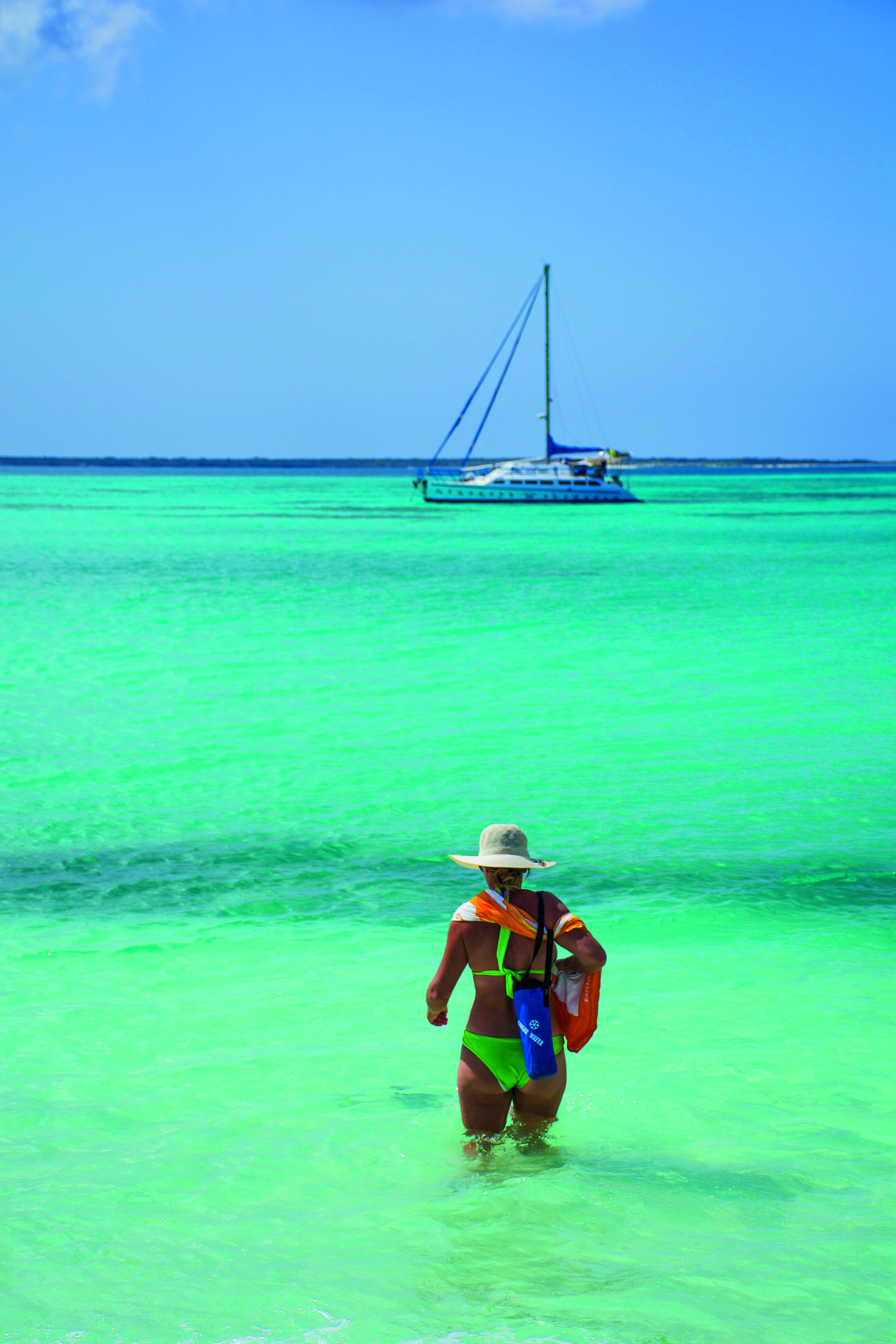
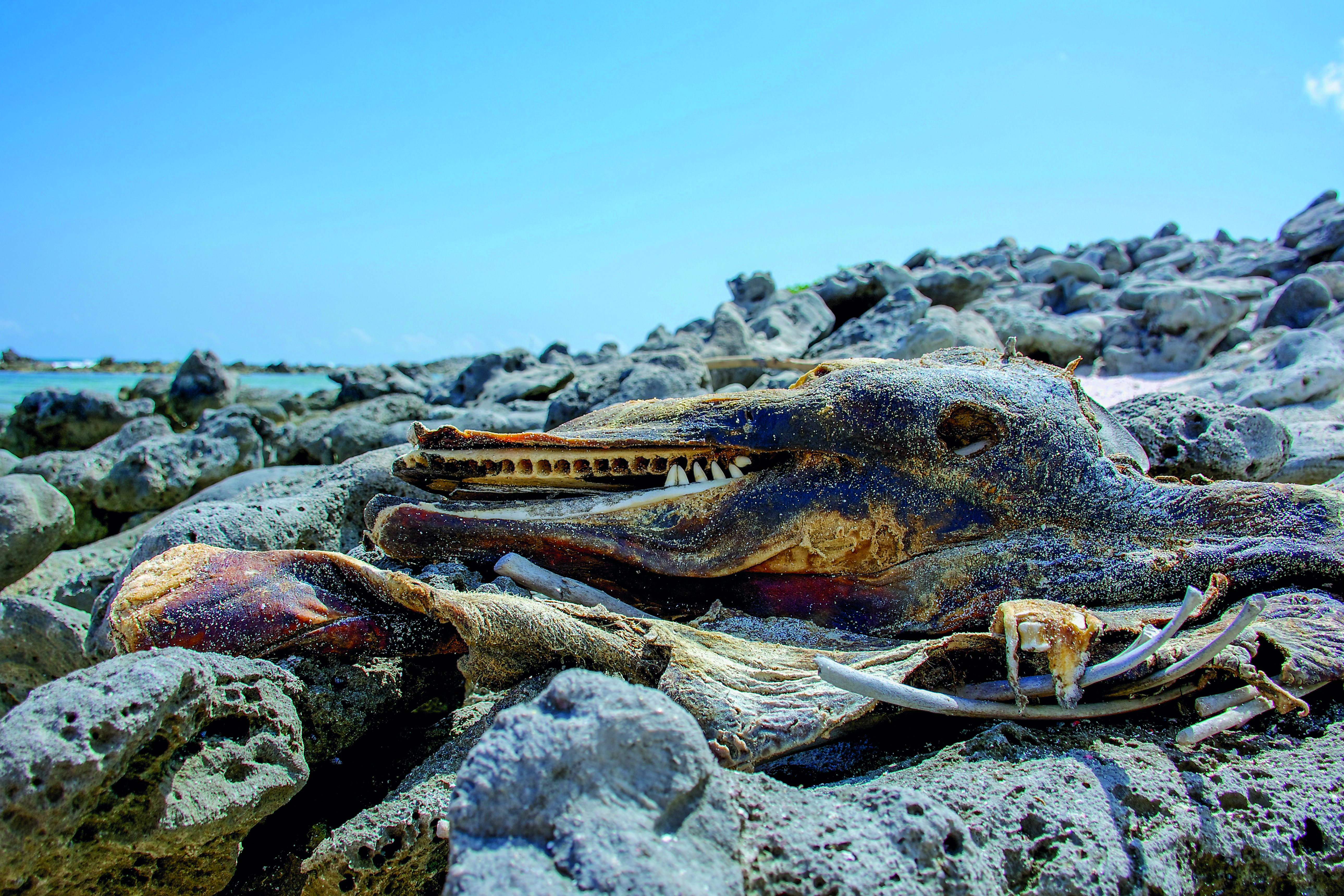
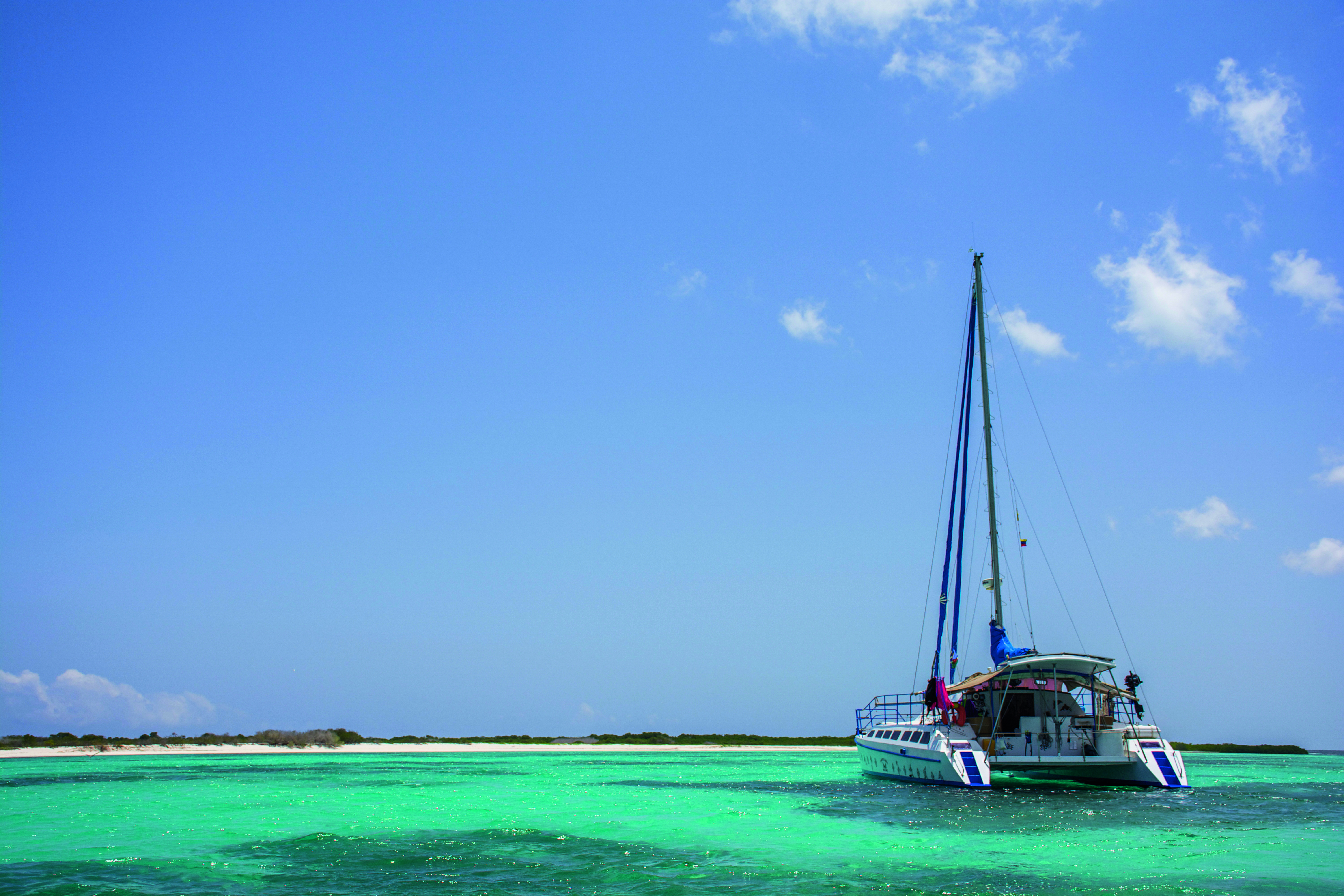
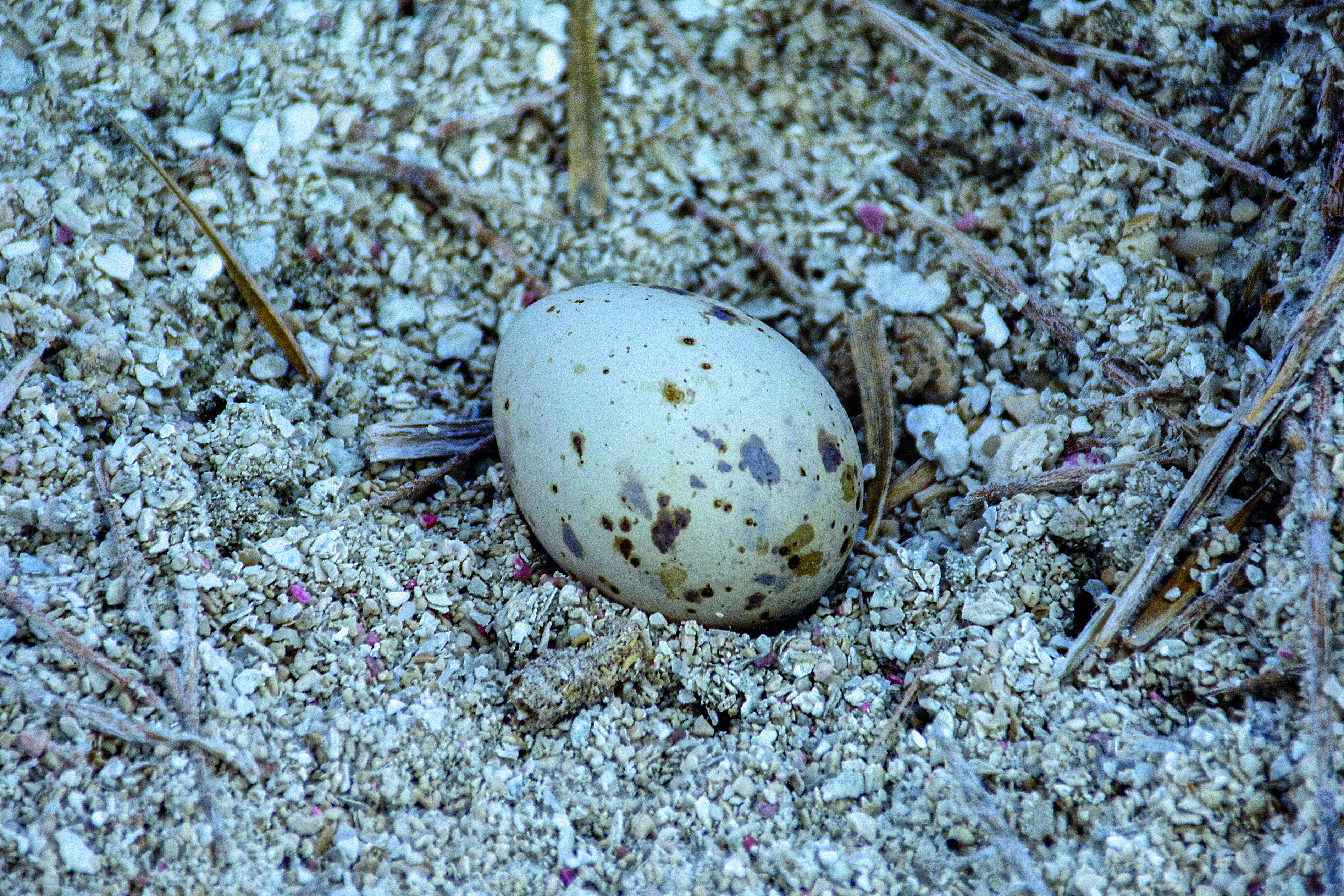
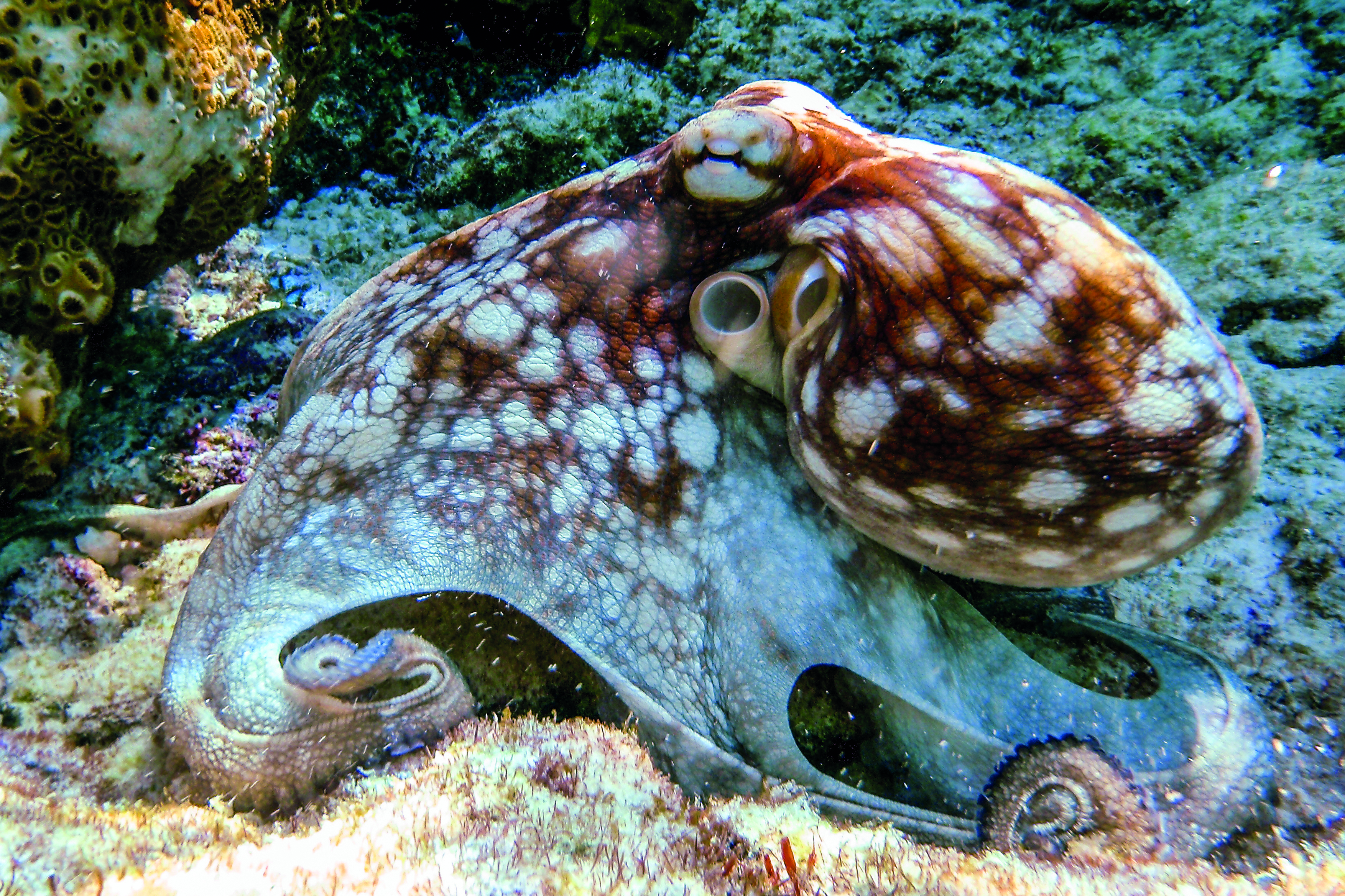
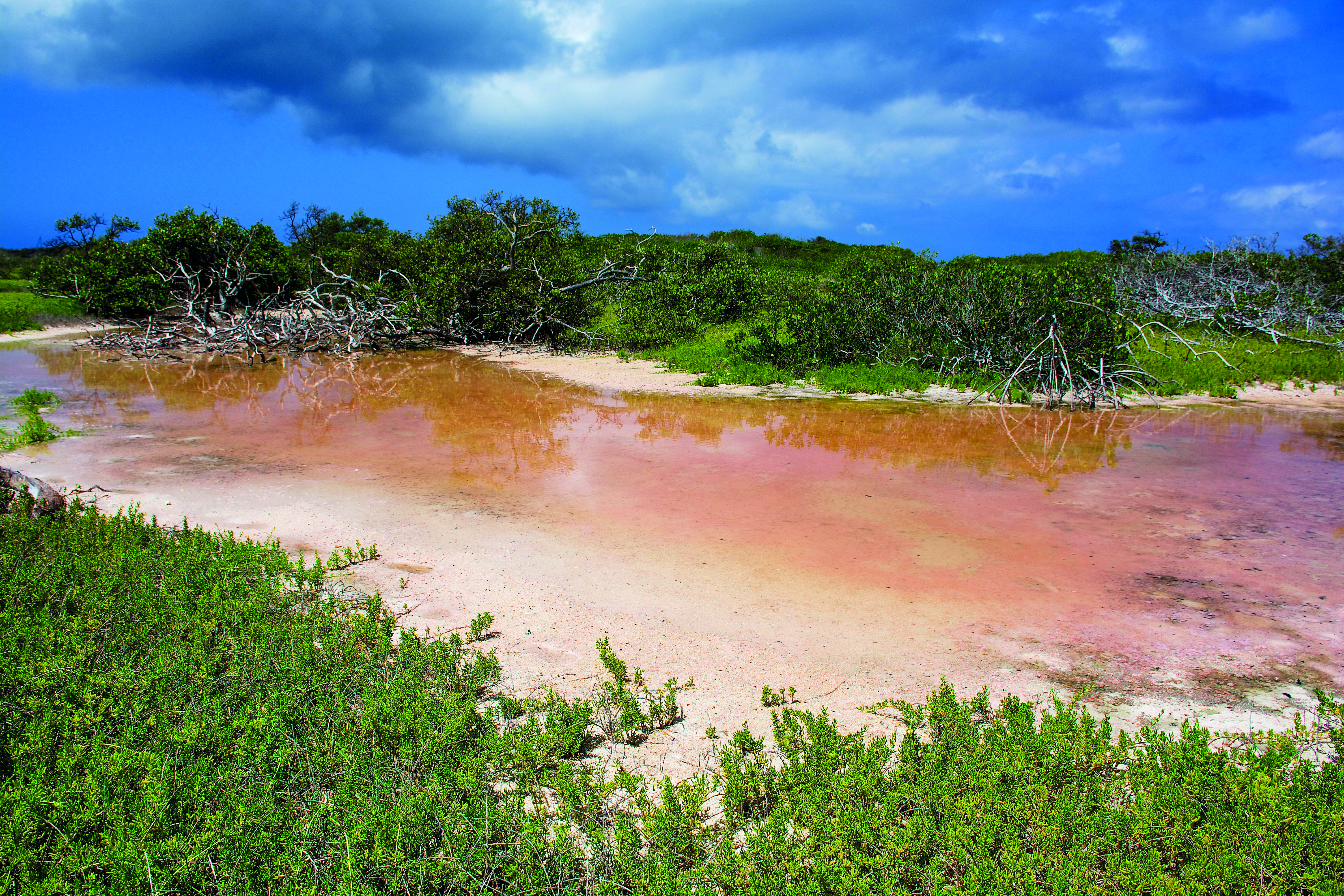
What readers think
Post a comment
No comments to show.